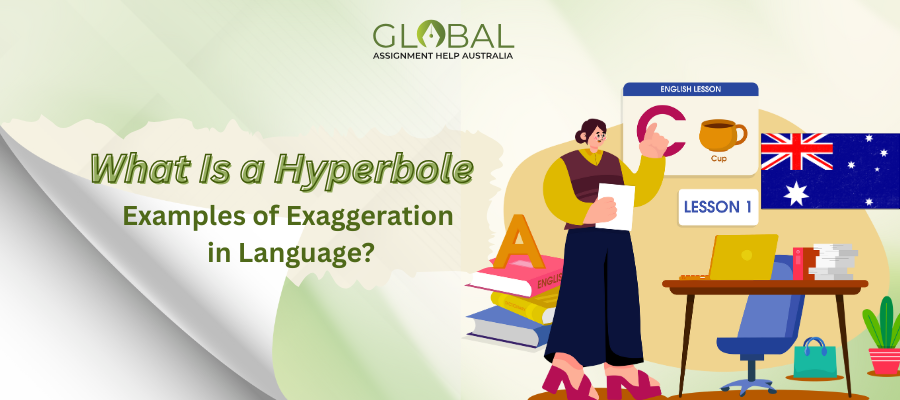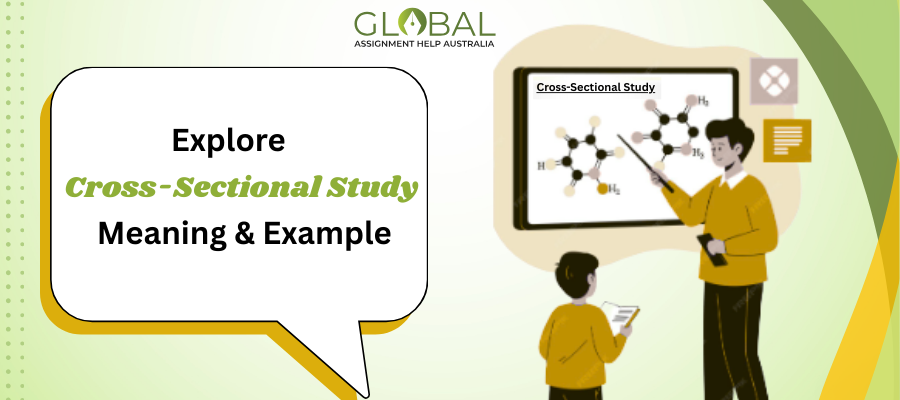 Offers
New
Order Now
Offers
New
Order Now
A writer's best trait is the ability to generate unique thoughts and ideas to frame original content. It should be new when you pick a document to write, even for your college. However, you cannot follow this principle, which contains plagiarism without your knowledge. Such a document may describe the topic but negatively affect your writing. It is because you pick an illegal option to pursue. But it was unintentional and out of poor knowledge, so you must know and develop proper insight about examples of plagiarism so you do not face such issues. Getting involved in something wrong is easy if you do not know about it. In academics, there are parameters you must follow while drafting the work. Duplicacy, or not having an original project, is one parameter you must avoid at all costs.
You can use tools and other ways to find assistance to get past plagiarism, but the better option is to learn about it. So, this blog explains this phenomenon in a detailed way. Reading it will remove your doubts, so you must get to it.
Any topic converts into complex when you fail to develop knowledge about it. This same principle is applied to plagiarism since you do not know what it is. Every concept has a general meaning that gives you an idea and develops your fundamentals about it. So, if you have avoided taking a look at this concept, you have a chance right here.
The following sub-heads provide correct insight into plagiarism, so let us start with that:
Developing original content means conducting and performing your research from scratch on a new topic. This process is lengthy, but your content will be new. Feels exaggerating, isn't it? How about we copy something? This idea generates plagiarism as you stop taking the long road to exert your efforts. Instead, you take other's work and place it as your own. Our experts call this act plagiarism.
So, in a nutshell, you can say that it is a concept where you use other writer's documents and content to draft your work without giving them the due credit. It is sometimes intentional, but it can be out of unawareness. However, it is never out of sight, as you and the professor both can see it. There are several examples of plagiarism that you must know. Some are quite generic due to the sentence, while others are specific and can be avoided.
It includes several types which explain all sorts of situations a writer should know to avoid. The following sub-heads discuss them for your understanding.
Many of you have a misconception that plagiarised content contains general duplicity. However, if you look and research deeper into it, you will find that there is nothing like a general copy-paste process. When you study examples of plagiarism, you may find its various types that explain different situations depicting this phenomenon.
Since you are unaware of that, the following table helps you see them in a proper way:

|
S.No |
Types of Plagiarism |
Meaning |
|
1. |
Self Plagiarism |
It occurs when you re-publish your work in new content for a different platform. |
|
2. |
Mosaic Plagiarism |
In this, you write content using other writer's quotes without quotation marks. Also, when you keep the same structure but replace all the words with other phrases. When you mix your words with other writers without proper citation, it calls for mosaic plagiarism. |
|
3. |
Accidental Plagiarism |
When the duplicity occurs in the content, all without intentions, you remain unaware of its existence in the document. |
|
4. |
Verbatim Plagiarism |
It occurs when you directly copy the entire published work word by word. It is also known as direct plagiarism. |
|
5. |
Paraphrasing Plagiarism |
It is the one that mostly happens as you rephrase the overall content and present it as your work. Instead of citing the source of information, you use the published content for your help. |
|
6. |
Aggregate Plagiarism |
It is a positive plagiarism as you credit the writer for the work. However, you still use their document to build your own without including your research. |
|
7. |
Complete Plagiarism |
Similar to paraphrasing, when you copy other's work and do not credit them, this type of duplicacy occurs. |
|
8. |
Source-based Plagiarism |
It is often counted as a mistake as the writer does not cite the sources properly. Few experts believe that it is sometimes intentional as you do not cite the website used to draft it. |
These are some types that you should know. Though you use a plagiarism detector to locate them, you should have an idea about them. It gives you a better perspective on what you can do to avoid including it in your content. However, you need proper knowledge so your task remains original from tip to toe. Thus, the following section provides valuable information on what you must apply to avoid plagiarism in your work.
Get Free Plagiarism ReportPlagiarised content is unacceptable, and most of you complain about it because you have submitted a task without letting the deadline pass. However, the motive of assigning you the task is to see your ability to deliver the task with original ideas. But, you use other writer's and researcher's work in your task and cause plagiarism.
It may be unintentional, but it is now a part of your work. However, the difficulty arises when you cannot find it. During that, you can use a plagiarism checker that gives you places where it inflicts.
But It is better to take precautions earlier so the following sub-heads exhibit ways to avoid duplicacy in your content:
The first mistake that most of you make is not citing the information you borrow from another document. Plagiarism is caused when you follow this practice, so the alternative method is to credit the writer. Through this method, you can avoid duplicating the information in your work as you are specifying that it isn't your effort.
Sometimes, you need to add the same drafted work to your content. It invokes verbatim or direct duplicity, which most of you cannot find a way to avoid. However, there is one, and that is to add quotation marks to denote it isn't yours. For assurance, you can use a free plagiarism checker to see if it catches it as a copied work.
Paraphrasing is the quickest way to skip past copying the entire work. However, if you are not careful, it can take you down to the one thing you are trying to avoid. So, it is best if you play it smartly by not including similar phrases in your statements. Also, remember not to misplace the meaning and use a plagiarism checker free application to see if your tactic worked.
Exerting your efforts to find the facts is a tiring job, but what's more difficult is tackling duplicacy in your content. It consumes more time as you cannot frame the original draft because of rushing into it. So, if you have to struggle, channel it in the right direction. Find and collect information through your own efforts to ensure your content does not face plagiarism.
These ways help you avoid duplicate factors in the content and improve the originality clause in the content. Moreover, it helps you regain confidence in making a fresh document from scratch. However, many of you do not take it seriously. That is why you still plagiarize your work, and to remind you, the following section delivers details on some widely known actual cases in this area.
Buy Our Academic Writing Services and Get Quick Help from Our Experts to Fetch HD Grades.
In academics, plagiarism is an illegal act, and many of you do not hesitate to follow it even if there can be repercussions. So, read the following real-life cases to understand the seriousness of this issue:
It was a case of duplicacy that occurred in 2000. Marks Chabedi copied Kimberly Lanegan's work word for word in his thesis. He submitted it and got his doctorate but was later found guilty of plagiarising the content after an investigation. He lost his PhD certificate and got fired from the University of Witwatersrand in South Africa. The New School declared his graduation certificate invalid.
He was the educational director of the Toronto District School Board who lost his right to keep his PhD when he was found guilty of plagiarism. He copied around 67 passages to form his thesis without properly citing the owners.
She is a novelist ranked at Harvard University. She released her book but was later found guilty of plagiarising its content from many novels. Although she claimed it was unintentional, her publications were withdrawn.
These incidents show that plagiarism is a serious offence in academics. It is important to give duly credit to the original source and keep your document fresh. However, most of you cannot achieve this feat and look for global assignment help to do so. Thus, the section below introduces one such place where originality is their prime trait.
Dealing with plagiarism is difficult, and our experts understand that very well. We also know that you need an immediate solution to this issue. If so, then come to our platform, Global Assignment Help Australia, where our team of writers will help you draft your work from scratch. With our guidance, you can easily overcome the problem of plagiarism and deliver excellent projects.
You May Also like to Read- TAFE Assignment Help
Book Your Order Now!
Grab this exclusive offer and start your journey to savings today! Act quickly, as this special offer won't be around for long!

This blog explains what is a hyperbole, provides engaging examples, & explores how to use hyperbole.

Explore 150+ funny debate topics to spark laughter, creativity, and lively discussions in 2025

Cross-Sectional Study basics explained with steps, examples, and comparisons.
Limited Time Offer
Exclusive Library Membership + FREE Wallet Balance
1 Month Access !
5000 Student Samples
+10,000 Answers by Experts
Get $300 Now
Update your Number
